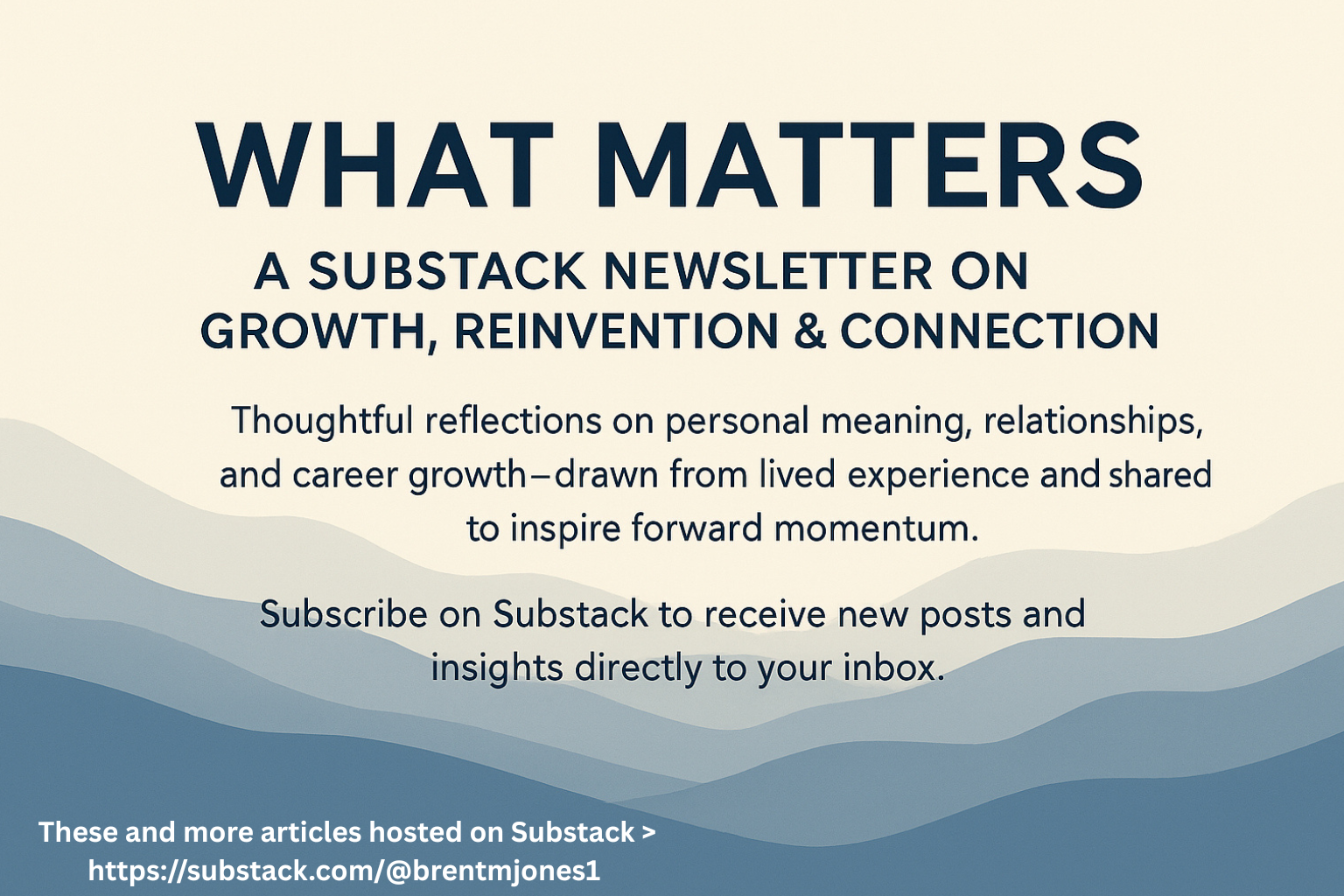This article is also included in CEM LinkedIn Articles Section as well as on LinkedIn on my newsletter site
Are we like the old or the new wineskin and why does that matter →
A wineskin is an ancient container made of animal skin. Usually, a goat is used to transport liquids such as water, olive oil, and wine. Is trying to bring motivation, or even change, to an organization like putting new wine in an old wineskin?
The old wineskin has become brittle and set in place. It had done its job for years with no problem, but the new wine hasn’t fermented yet, and as it expands, it will split the old container.
The Bible, Mark 2:22, used this example to teach about dealing with change. “And no man putteth new wine into old bottles: else the new wine doth burst the bottles, and the wine is spilled, and the bottles will be marred: but new wine must be put into new bottles.” ……. And no one puts new wine into old wineskins; otherwise, the new wine will burst the skins, and it will be spilled out, and the skins will be ruined. But new wine must be put into fresh wineskins. And no one, after drinking old wine, wishes for new, for he says, ‘The old is good enough.
Good news for the Old Wineskins: A fresh wineskin can be a new wineskin, but it can also refer to an old wineskin that has been reconditioned. A reconditioned wineskin is as supple as new and can hold new wine. An old wineskin must be cleaned and soaked in oil to recondition it. The wineskin is soaked until it is rejuvenated to its supple and soft state to be ready for the new wine. So old wineskins are not thrown away or only being used to hold old wine. It can be made fresh again to have new wine!



